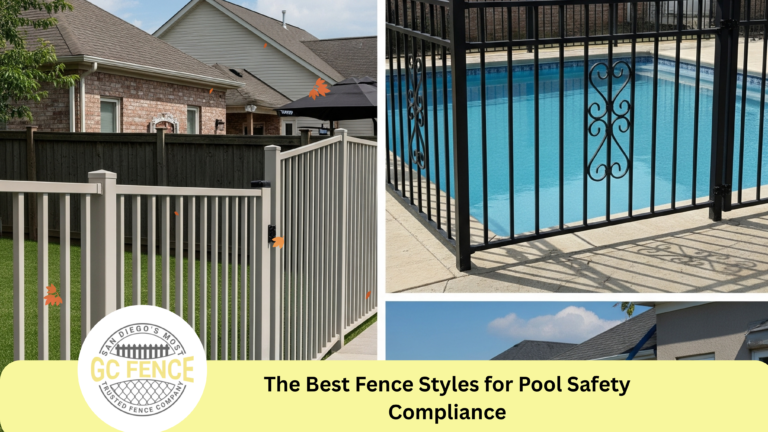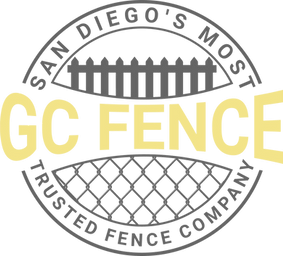Installing a fence around your property can enhance privacy, security, and curb appeal. However, before you start digging post holes or ordering materials, it’s essential to understand the local regulations that govern fence installation in your area. Failure to comply with these rules can lead to fines, forced removal, or costly modifications.
In this blog, we’ll explore the importance of knowing local fence regulations, the typical rules you may encounter, and tips to ensure a smooth, legal fence installation process.
Why Understanding Local Fence Regulations Matters
Local governments enforce fence regulations to maintain neighborhood aesthetics, safety, and property boundaries. These regulations vary by city, county, and even neighborhood or homeowners’ associations (HOAs). Some common reasons for regulations include:
- Preventing disputes: Clear rules help avoid conflicts between neighbors over fence placement and height.
- Ensuring safety: Restrictions may exist to maintain visibility for drivers and pedestrians or to prevent hazards.
- Protecting community standards: HOAs may require fences to meet specific design and material guidelines.
- Complying with zoning laws: These laws regulate fence height, location, and purpose based on property zoning.
Knowing and following these rules saves time, money, and legal headaches.
Common Local Regulations for Fence Installation
While specifics vary, here are typical regulations you should research before installing a fence:
1. Fence Height Restrictions
Most jurisdictions set maximum height limits for fences, which often differ for front yards, side yards, and backyards. For example:
- Front yard fences might be limited to 3-4 feet to preserve neighborhood views.
- Backyard or side yard fences may allow heights of 6 feet or more for privacy.
2. Setback Requirements
Many areas require fences to be installed a certain distance from property lines, sidewalks, or streets. Setbacks help prevent disputes and ensure access for maintenance or emergency services.
3. Permits and Approvals
In some locations, a permit is required before you can build a fence. The permit process may involve submitting detailed plans and paying fees. HOAs may also require prior approval of design and materials.
4. Materials and Design Guidelines
Local codes or HOAs may restrict fence materials (e.g., prohibiting barbed wire or chain link in residential areas) or dictate styles to maintain neighborhood aesthetics.
5. Utilities and Easements
Fences cannot be installed over underground utilities or easements without proper authorization. It’s important to check with local utility companies to avoid damaging pipes or cables.
How to Research Your Local Fence Regulations
1. Check Municipal or County Websites
Most city or county governments provide zoning and building code information online. Search for “fence regulations” or “building permits” specific to your location.
2. Contact Local Building or Planning Departments
Speak directly with officials who can clarify rules, permit requirements, and processes for your area.
3. Review HOA Guidelines
If you live in a community with a homeowners’ association, obtain their fence installation rules and approval procedures.
4. Consult a Professional Fence Contractor
Experienced contractors often know local codes and can help you navigate the permit process and design compliant fences.
Tips for a Smooth Fence Installation
- Obtain Necessary Permits First: Avoid starting work without required permits to prevent fines or delays.
- Verify Property Lines: Have a professional survey to confirm boundary lines before installation.
- Communicate with Neighbors: Inform neighbors of your plans to foster goodwill and prevent disputes.
- Follow Permit Conditions: Ensure construction meets all permit specifications and inspections.
- Hire Licensed Professionals: Use reputable contractors familiar with local regulations and best practices.
Final Thoughts
Installing a fence is an investment that can add value and enjoyment to your property. However, understanding and complying with local regulations is essential to avoid costly mistakes and legal issues. By researching your area’s fence codes, obtaining permits, and working with knowledgeable professionals, you can achieve a successful, hassle-free fence installation that meets your needs and neighborhood standards.



